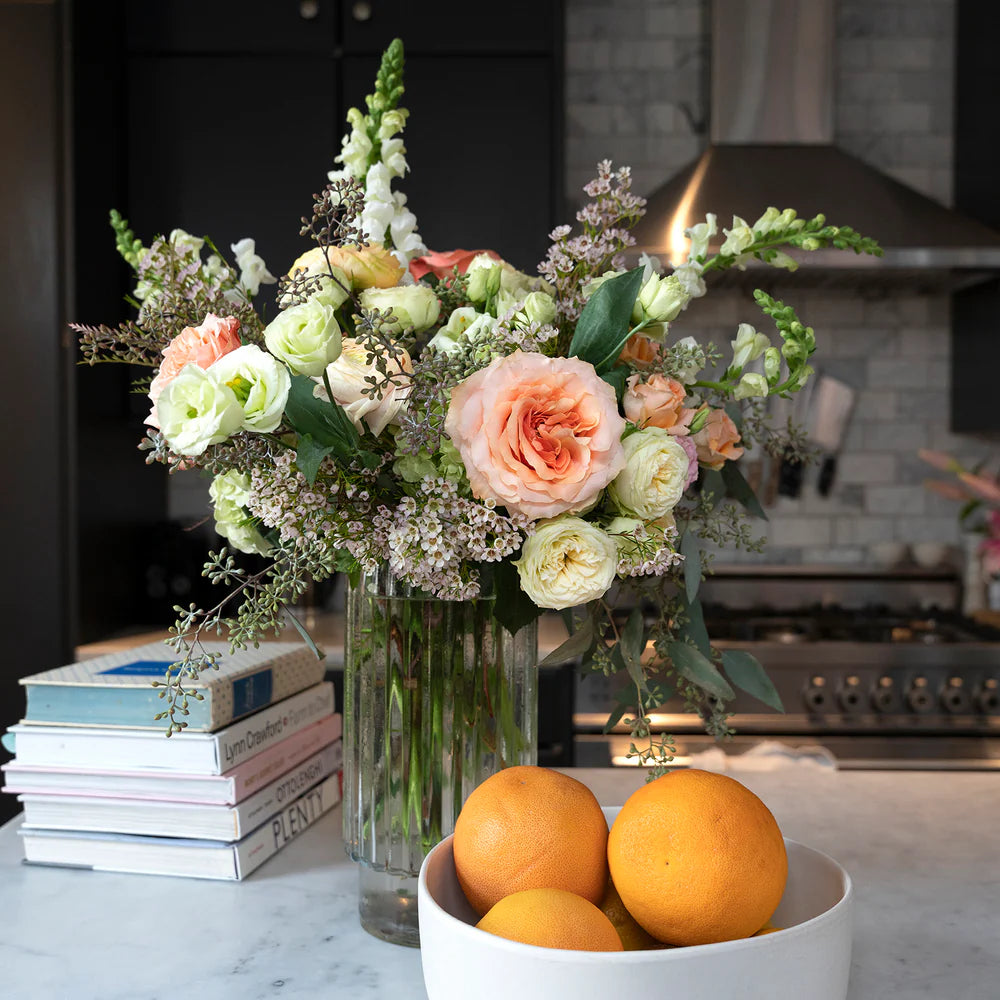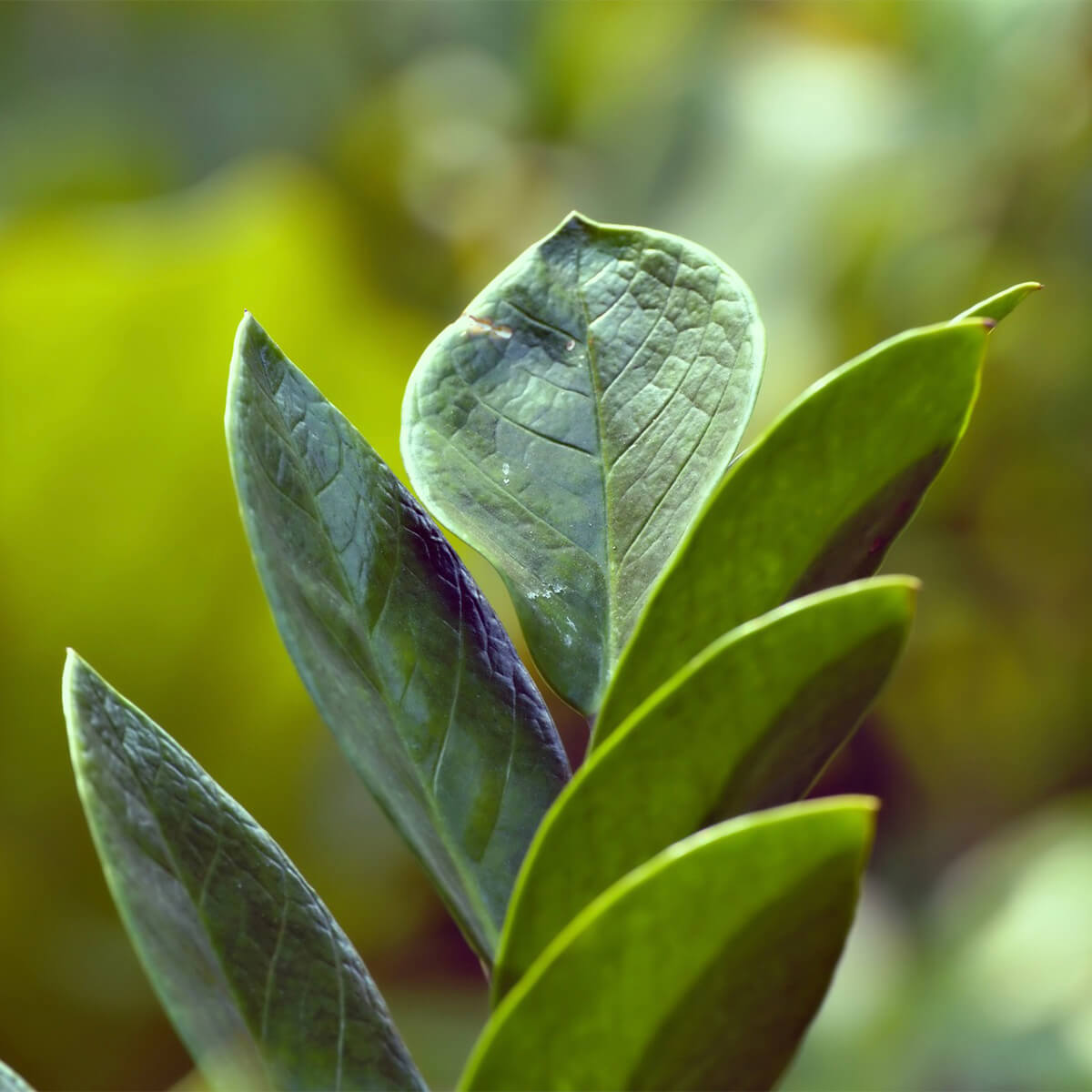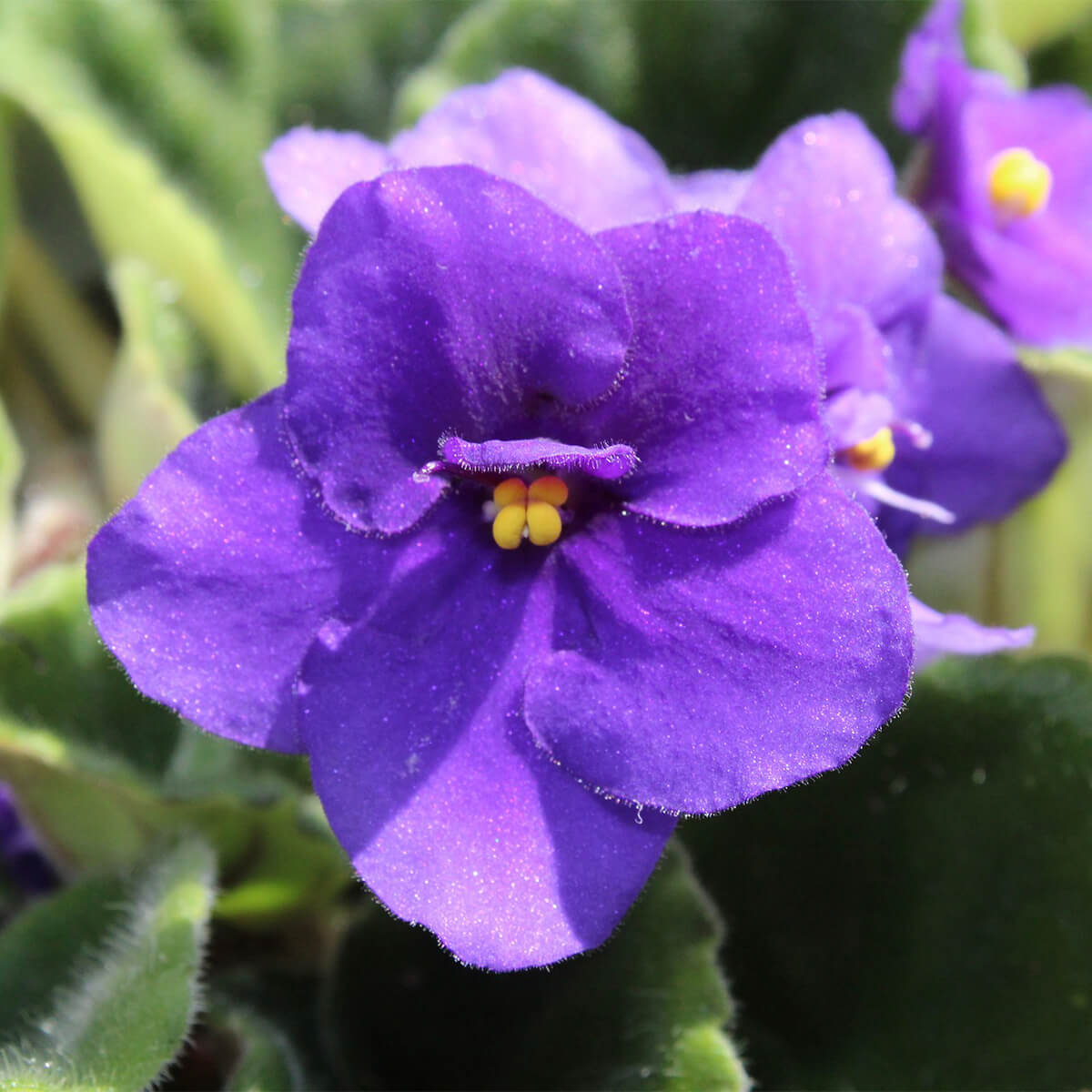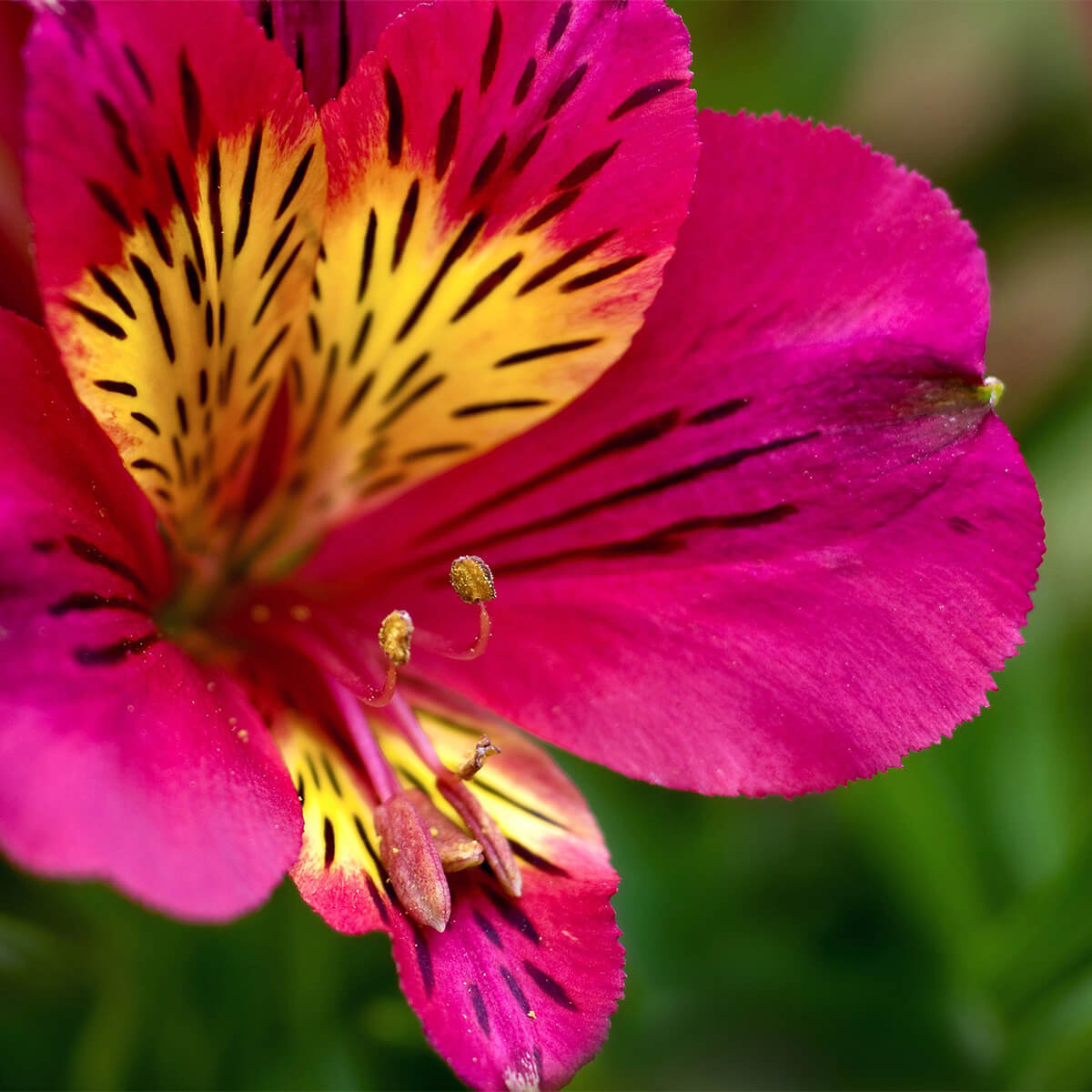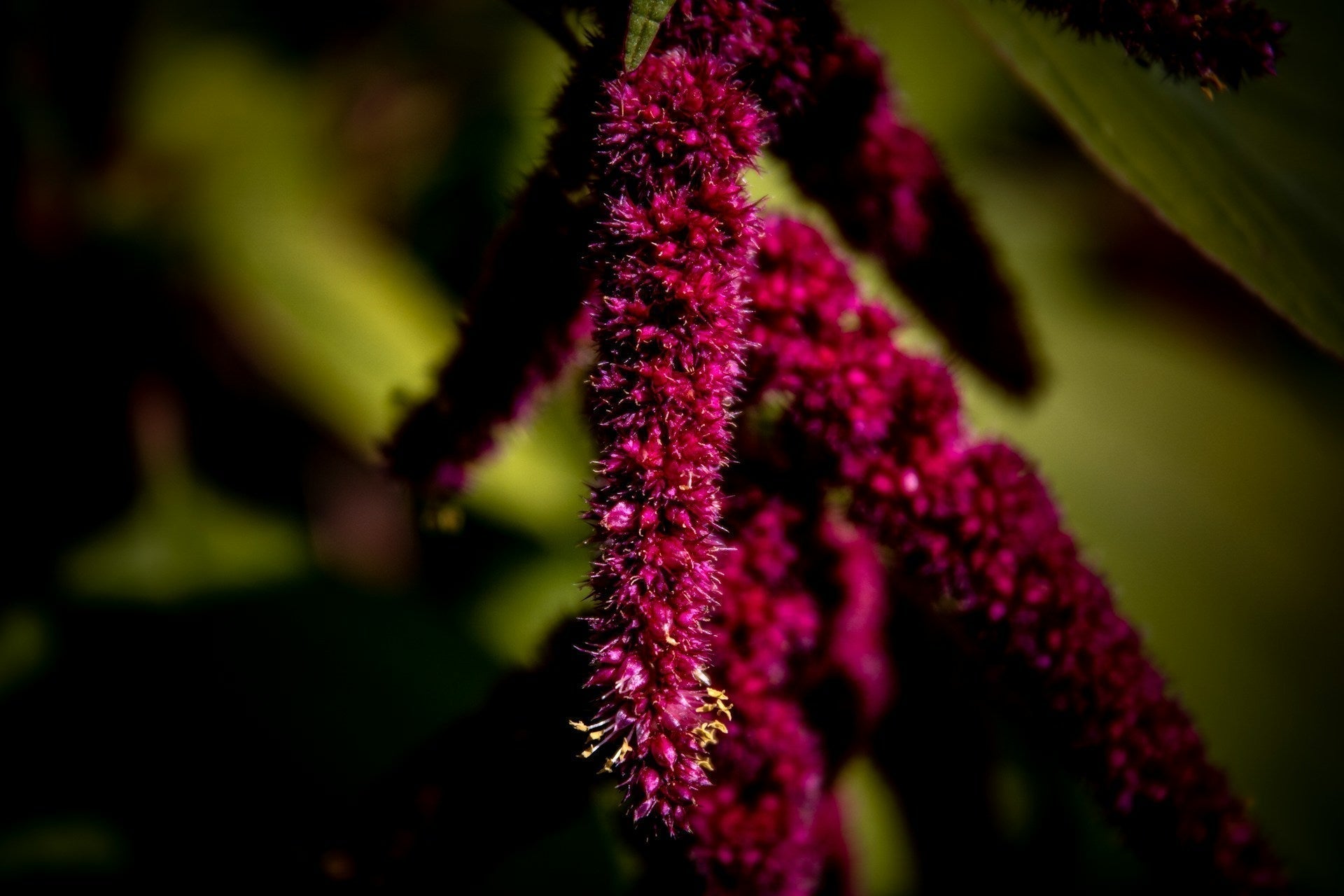ZZ Plant – Zamioculcas zamiifolia
Symbolism: According to Feng Shui, the ZZ plant attracts protective and purifying energy when grown indoors. Many experts believe that placing it in the southeastern corner of a space can bring wealth and growth. In Vastu, the ZZ plant is considered to bring good fortune and luck to its owners.
Description: ZZ plants are low-maintenance houseplants with glossy, dark green oval shaped leaves on thick stems. They grow slowly, reaching 2 to 4 feet, and tolerate various light conditions. Their rhizomes store water, making them drought-tolerant. They require well-draining soil and infrequent watering. However, they're toxic to humans and pets if ingested.
Named after: The ZZ plant (Zamioculcas zamiifolia) gets its name from the shortened version of its scientific name. The "ZZ" stands for the genus Zamioculcas, while "zamiifolia" refers to the plant's resemblance to foliage in the Zamia genus, specifically plants like the cardboard palm or cycads. The nickname "ZZ plant" has become popular due to its simplicity and the ease with which it can be pronounced compared to the full scientific name.
Latin/Scientific name: Zamioculcas zamiifolia
Native to: East Africa, specifically Zanzibar and Tanzania
Flowering period: N/A
Vase life: N/A
Popular use in floral arrangements or bouquets: N/A
When in stock in our shops: Year-round as part of or indoor plant collection.
Indoor Plant Care
Light
- ZZ plants can tolerate low to bright indirect light, making them an ideal plant for low-light areas.
- They can even grow in artificial light.
- Avoid placing them in direct sunlight, as it can scorch the leaves.
Soil
- Use a well-draining potting mix that contains sand, perlite, or vermiculite to ensure proper drainage.
- ZZ plants prefer slightly acidic to neutral soil with a pH between 6.0 and 7.0.
Water
- Water your ZZ plant when the top inch of soil feels dry to the touch.
- Water sparingly and avoid overwatering as it can cause root rot.
Temperature & Humidity
- ZZ plants can tolerate a wide range of temperatures (60-80°F, 16-27°C).
- They do not require high humidity levels and can tolerate dry indoor air.
Feeding
- Fertilize your ZZ plant every 2-3 months with a balanced, water-soluble fertilizer during the growing season (spring and summer).
- Avoid fertilizing during the winter months when the plant is dormant.
Transitioning Indoors to Outdoors
- ZZ plants are typically grown indoors, but they can be grown outdoors in warm climates.
- If you decide to transition your ZZ plant from indoors to outdoors, do so gradually to avoid shock.
- Start by placing the plant in a shaded outdoor area for a few hours a day and gradually increase the exposure to sunlight over time.
- Ensure the outdoor environment is suitable for the type of ZZ plant you are growing.


